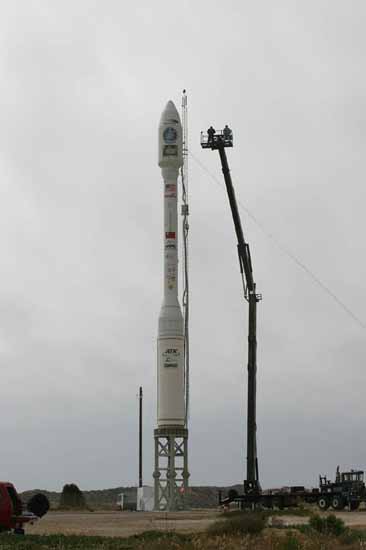
Orbital's Taurus XL with the RocSAT Spacecraft awaits launch on wednesday
afternoon.
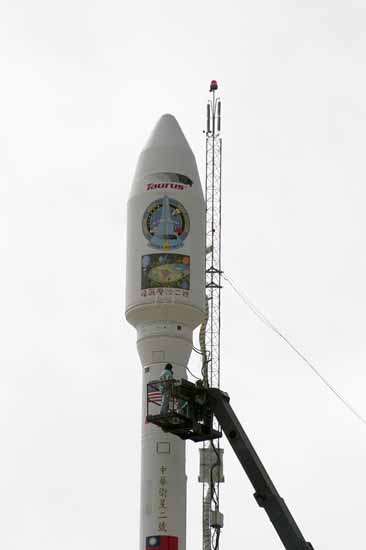
Workers make final closeouts to the Taurus vehicle.
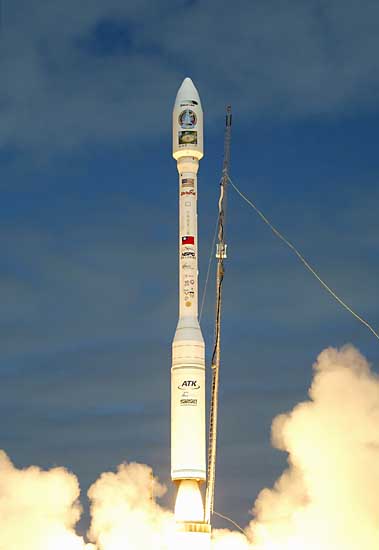
Liftoff of the first Taurus XL occurred at 10:47:03am PST.
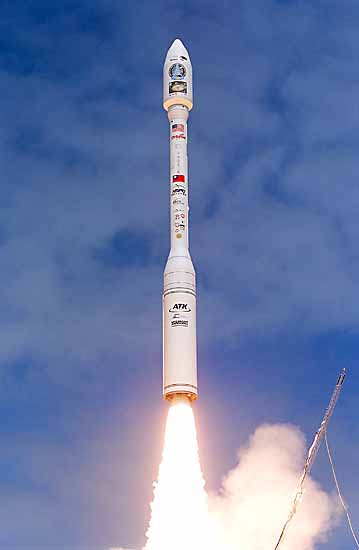
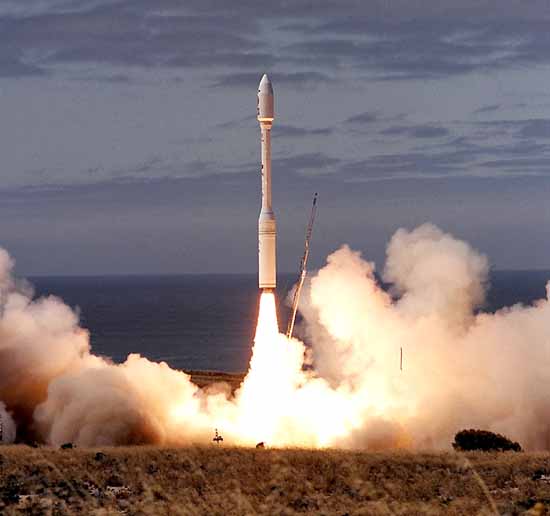
This photo and the next few below were taken from the road leading down to
the pad.
Also towards the bottom of this page is a photo of the camera setup at this
location.
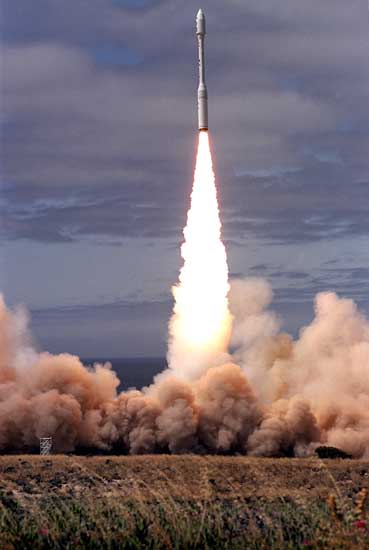
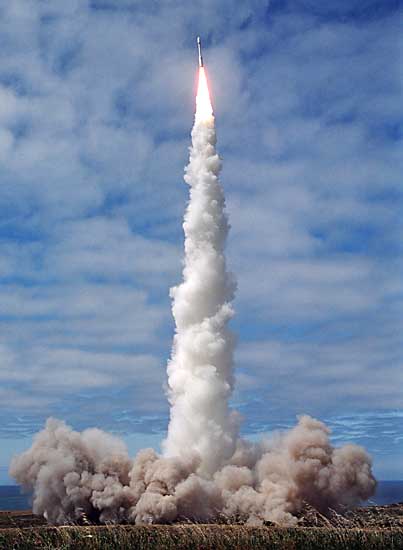
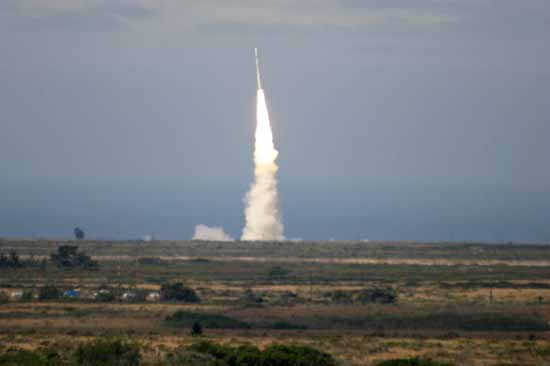
This photo was take from the Press Site located 5.25 miles from the SLC-576
pad.
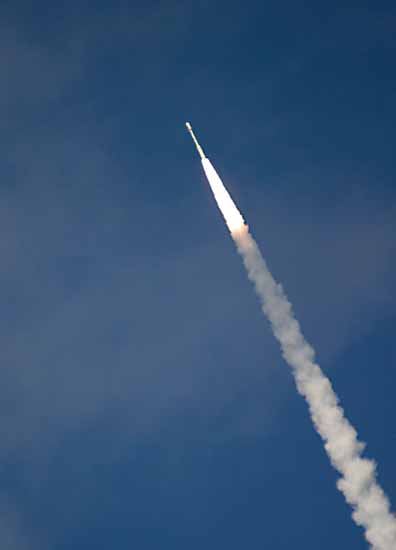
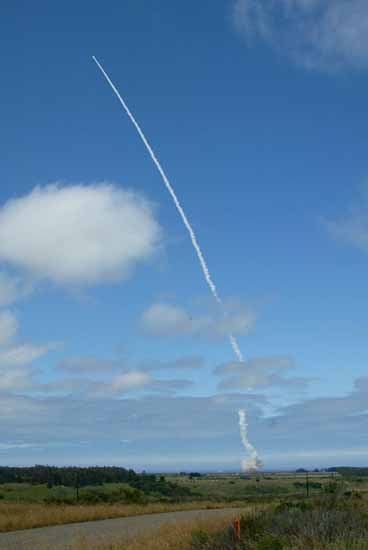
The Taurus XL with RocSAT heads down range.
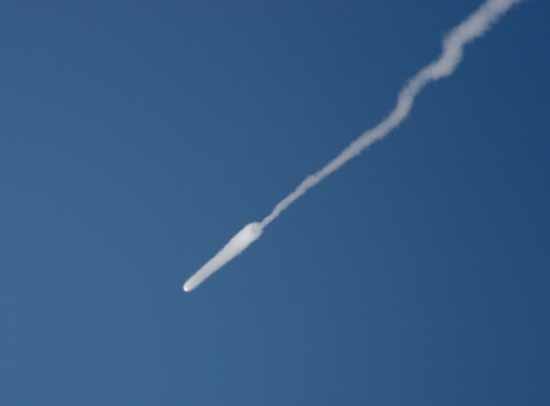
After 1st stage burnout the 2nd stage ignites!
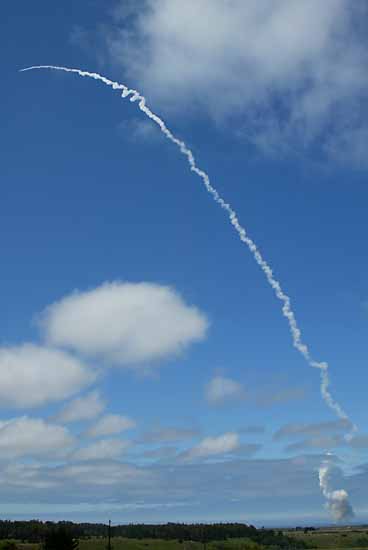
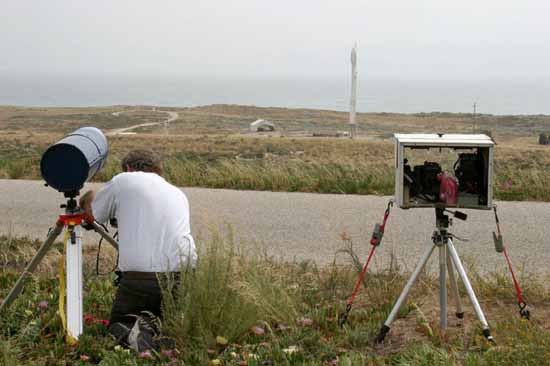
This photo shows the location of the cameras up the hill from the pad.
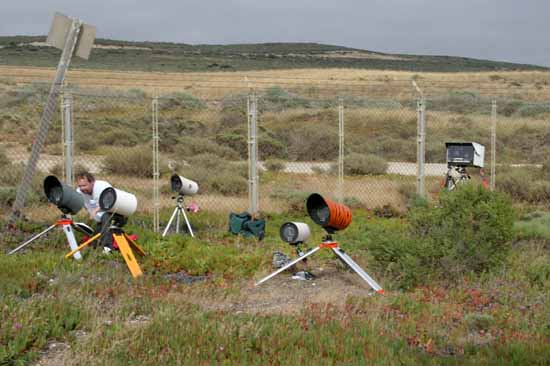
This photo shows the 7 cameras I setup about 50 yards from the Taurus XL!
The Taurus rocket offers an affordable, reliable means of launching small satellites into low-Earth orbit. Developed under the sponsorship of the Defense Advanced Research Projects Agency (DARPA), Taurus was designed for easy transportability and rapid set-up and launch. Since its debut flight in 1994, Taurus has conducted five of six successful missions launching 11 satellites for commercial, civil, military, and international customers.
Taurus is a ground-based variant of our air-launched Pegasus rocket. The four-stage, inertially guided, all solid propellant vehicle can deploy 1,350-kilogram (3,500-pound) satellites into low-Earth orbit. Two fairing sizes offer flexibility in designing a particular mission, and with the addition of a structural adapter, either can accommodate multiple payloads, resulting in lower launch costs for smaller satellites "sharing" a mission.
A cornerstone of the Taurus program is a simplified integration and test capability that includes horizontal integration of the rocket's upper stages and offline encapsulation of the payload within the fairing. The upper stages and the encapsulated cargo are delivered to the launch site, where they are mated. The whole assembly is then stacked on the first stage using a mobile crane.
The Taurus launch system includes a complete set of ground support equipment to ensure the ability to operate from austere sites. Thus far, Taurus has launched from the U.S. Government's Western range at Vandenberg Air Force Base (VAFB) in California. Taurus is also approved for launch from Cape Canaveral Air Station (CCAS) in Florida, Wallops Flight Facility (WFF) in Virginia, and Kodiak Launch Complex, Alaska.